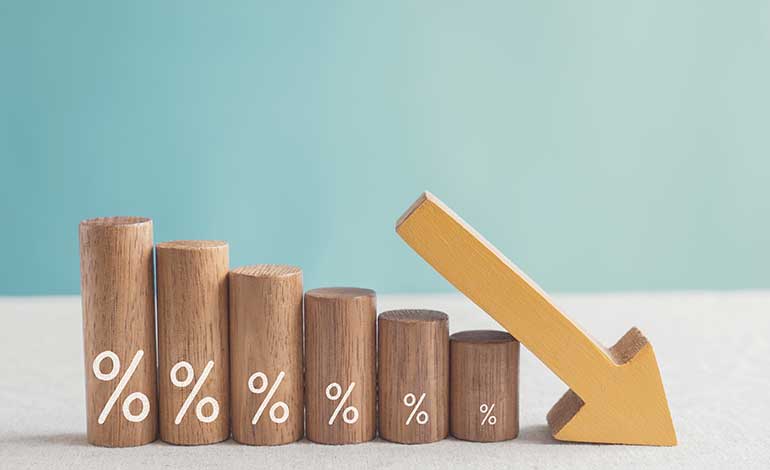How Long Are Loans For Rental Properties?

Are you considering applying loans for rental properties? After all, this is a great way to attain the benefits of investing in rental properties when you want to get started with real estate investing. At the same time, it can get confusing with so many types of loans out there.
Not to worry, this article will cover all about loans for rental properties. We even answer this most frequently asked question “how long are loans for a rental property?” Read on to find out more.
What are Loans or Mortgages?
Real estate loans or mortgages are secured by the rental property you are borrowing money against to purchase. Essentially, your rental property acts as collateral. The lender has the right to foreclose and seize your house if you default on your mortgage.
How Long are Loans for Rental Properties?
To answer this frequently asked question: the majority of mortgages have extended payback terms, with borrowers often selecting between a 15- or 30-year timeframe. Nonetheless, it also depends on the type of loan that you choose.
Different Types of Loans
There are many types of loans available for rental properties, and here are some of the most common types:
- USDA loans
USDA loans, which are supported by the U.S. Department of Agriculture, assist low-income borrowers in purchasing properties in rural regions. If you are approved, there will be no down payment required for your property, but it must be situated in one of the approved areas. For instance, purchasing in a suburb does not ensure that you will be approved.
- Jumbo loans
Jumbo loans are a type of conventional loan. The difference, however, is that jumbo loans can go above the permitted borrowing amounts. With that said, take note that you usually need at least a 10% down payment, if not 20%, for jumbo mortgages because they are more difficult to qualify for than standard loans.
- Conventional loans
The loan you are likely most familiar with is the conventional loan. The organizations that fund the majority of U.S. mortgages, Freddie Mac and Fannie Mae, establish maximum restrictions for conventional home loans. If you don’t put 20% down on a traditional mortgage, you’ll have to pay for private mortgage insurance (also known as PMI), but you might be able to put as little as 3% down instead. Conventional mortgage borrowing restrictions fluctuate from year to year.
- VA loans
If you are a veteran or serving member of the U.S. military, you are eligible for the VA loan. Both a down payment and PMI are waived for VA loans. But there are finance expenses involved, which are added to your loan costs.
- FHA loans
These loans, which are insured by the Federal Housing Administration, are intended for borrowers with subpar credit or limited resources for a sizable down payment. If your credit score is at least 580, you can apply for an FHA loan with as little as 3.5% down. However, you must pay certain premiums with an FHA loan, which may increase the cost of your mortgage.









